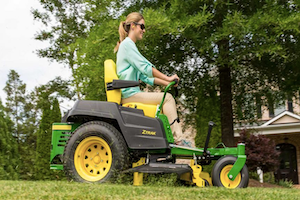Leaves are often perceived to be every gardener’s enemy. Because they trap and hold moisture, they make conditions ripe for disease. Additionally, they prevent sunlight from reaching grass. However, University of Missouri Extension horticulturist David Trinklein notes that leaves can actually be used for beneficial purposes around a property. They may be especially helpful for those interested in starting a compost pile.
To begin, gardeners should clear their lawn by mowing away damp leaves – this helps them decompose and release nutrients. The mower should be set to the highest setting, and the leaves should be reduced to confetti-sized pieces.
Afterward, gardeners can begin constructing their compost pile in layers, using four to six inches of shredded leaves. This should be followed by a layer of nitrogen to accelerate the decomposition process. A general-purpose fertilizer can be used at a rate of two pounds per bushel of leaves. These layers should be repeated until the compost pile is up to 48 inches deep and covers an area of about 25 square feet. Each layer should be watered as fertilizer is added. According to Trinklein, “A properly constructed compost pile should feel damp to the touch, but not wet.”
When the compost pile settles and cools, it must be turned. A shovel or rake can be used to move partially decomposed leaves into the center of the pile. This will renew microbial activity. The leaves may not decompose completely before cold weather arrives, but the process will restart when the air temperature rises in the spring.
